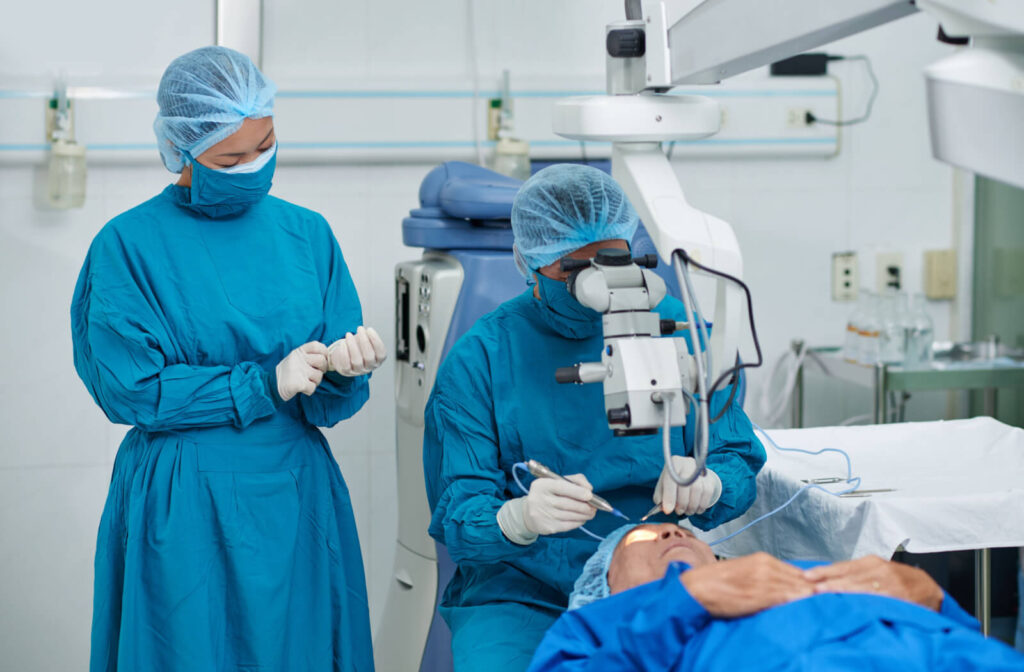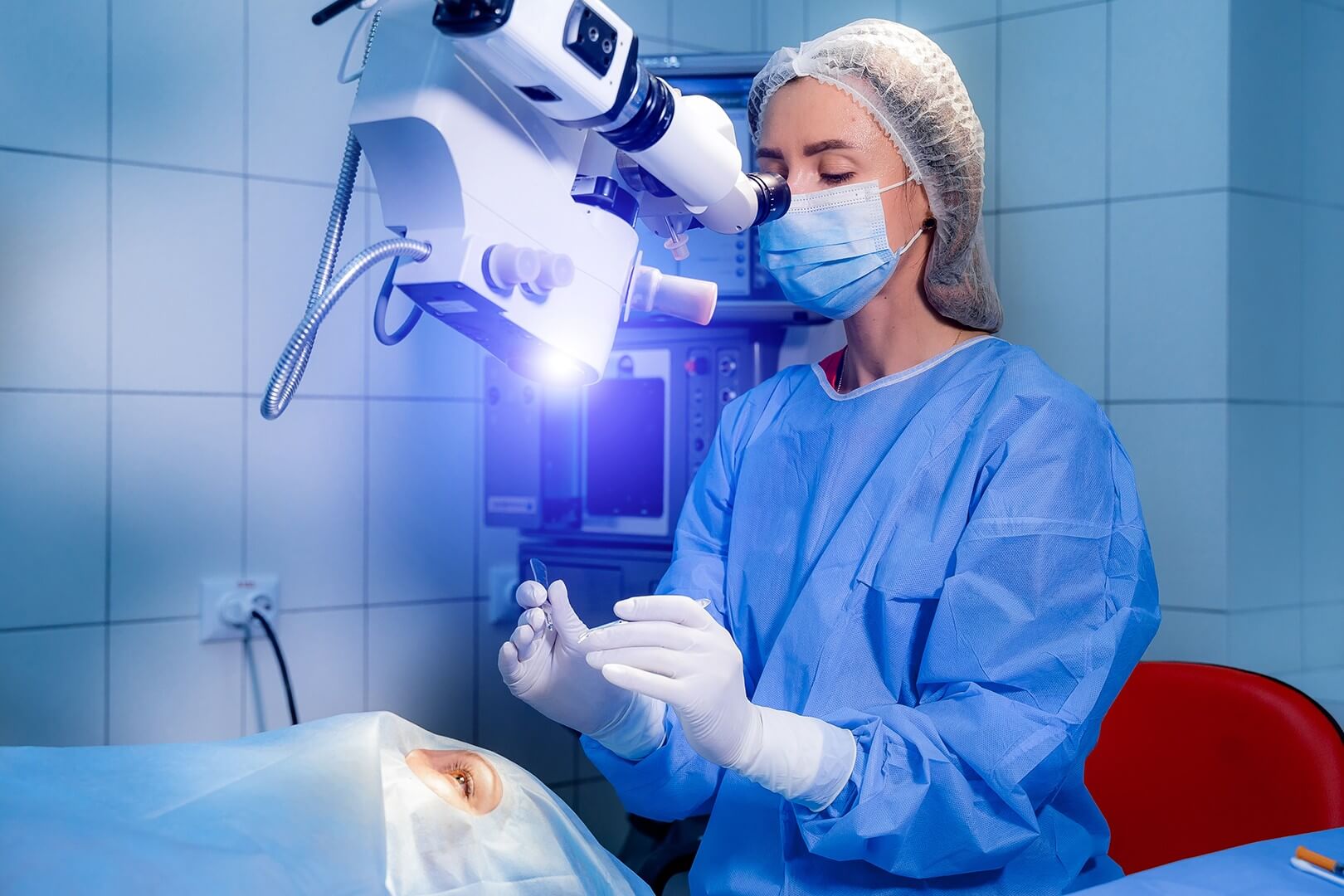Introduction
If you’ve been thinking about LASIK, you might be excited about the idea of waking up to clear vision without reaching for your glasses. But if you’ve heard stories about halos, glare, or starbursts at night, you might also feel a little nervous. That’s understandable. Night vision is an important part of daily life — whether it’s driving home after work, enjoying a late walk, or simply finding your way around the house.
As an eye doctor, I’ve seen firsthand how perfect LASIK surgery can dramatically improve vision while still addressing patients’ concerns about night vision. In this article, we’ll walk through the LASIK process, explore how it affects night vision, and talk about what you can realistically expect before, during, and after the procedure
Step 1: Understanding LASIK
Perfect LASIK surgery is a laser-based procedure that reshapes the cornea so light focuses properly on the retina. This corrects common vision problems like nearsightedness, farsightedness, and astigmatism.
When the cornea has irregularities, light scatters as it enters the eye, which can cause nighttime glare. LASIK smooths the cornea’s surface, helping reduce this scatter. Most healthy adults with a stable prescription for at least a year are good candidates, but a full exam is needed to be sure.
Step 2: The Initial Consultation
Your first visit is more than just a “yes” or “no” on LASIK eligibility — it’s a detailed look at your eyes. We’ll check:
- Prescription stability
- Corneal thickness and shape
- Overall eye health
- Tear film quality (important for preventing post-surgery dryness)
We’ll also talk about your nighttime vision habits. For example, if you’re a truck driver or pilot, we’ll pay extra attention to factors that could affect night clarity.
Step 3: Preparing for Surgery
In the days before LASIK, you may need to stop wearing contact lenses to let your cornea return to its natural shape. This ensures precise measurements.
We’ll also give you simple guidelines — like avoiding eye makeup the day before and arranging a ride home. If you drive often at night, it’s helpful to plan your surgery during a time when you can limit night driving for at least a few days afterward, giving your eyes time to adjust.
Step 4: The Day of the Procedure
On surgery day, expect a calm, step-by-step process. Here’s a simple breakdown:
- Arrival and prep – We’ll review your instructions, answer last-minute questions, and use numbing drops to keep you comfortable.
- Creating the corneal flap – A precise laser creates a thin flap in the cornea.
- Reshaping the cornea – Another laser adjusts the cornea’s curve to your exact prescription.
- Closing the flap – The flap naturally adheres back in place without stitches.
The entire procedure usually takes about 15 minutes for both eyes, with the actual laser work lasting only seconds.
Step 5: Recovery and Healing
Right after surgery, vision is often hazy, and lights may seem brighter than usual. It’s normal to notice glare or halos around headlights for the first few nights — your cornea is still healing and your eyes are adjusting to the new way light enters them.
Most patients notice improvement within 24–48 hours, with night vision gradually becoming clearer over the first few weeks. Using prescribed eye drops and avoiding bright light exposure can help speed up comfort and clarity.
Step 6: Life After Perfect LASIK
Once healing is complete, many patients find their night vision is sharper than it was with glasses or contacts — especially if they had high prescriptions before surgery. Others notice that minor halos or glare fade over time as the brain adapts to the new visual input.

Emotionally, the change is huge. Patients often tell me how freeing it feels to drive at night without worrying about foggy lenses, or to look up at the stars and see them clearly.
Common Questions Answered
Does LASIK hurt?
No. You’ll feel gentle pressure at times, but numbing drops keep you comfortable.
How soon will I see results?
Most people notice clearer vision within a day, but night vision continues improving over several weeks.
Is LASIK permanent?
Yes, the reshaping of your cornea is permanent. However, natural age-related changes like presbyopia can still occur later in life.
Conclusion
Perfect LASIK surgery can dramatically improve your vision — day and night — when done with careful planning, precise technology, and thorough aftercare. While some temporary changes to night vision are common during recovery, most patients see a steady improvement and enjoy the freedom of living without glasses or contacts.
If you’re considering LASIK, have an open conversation with your eye specialist about your night vision needs, your daily habits, and your expectations. With the right preparation, you can move toward a future where both your days and nights are crystal clear.


